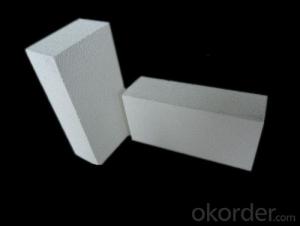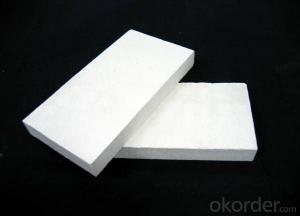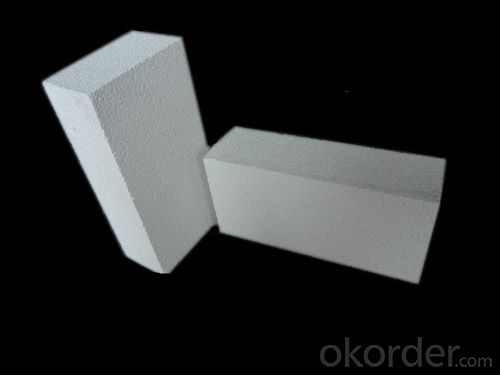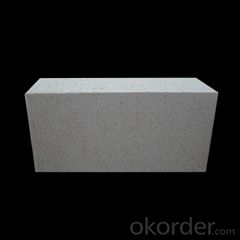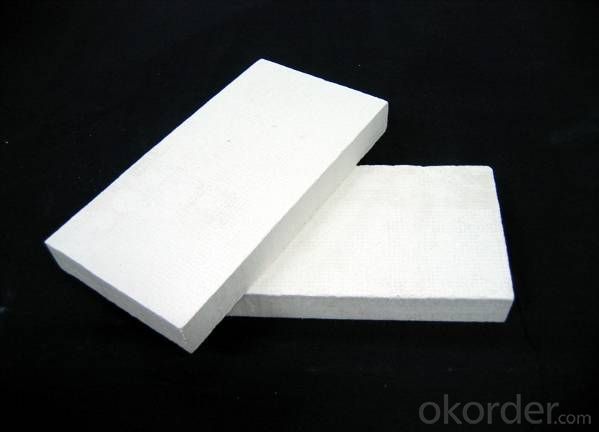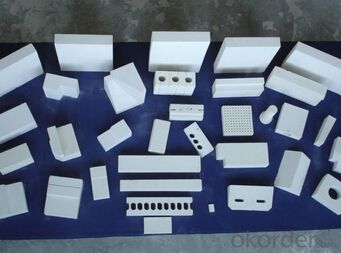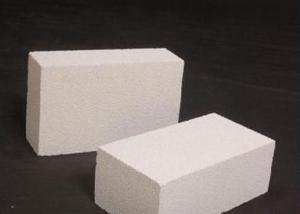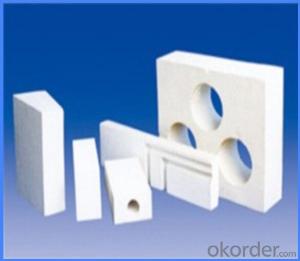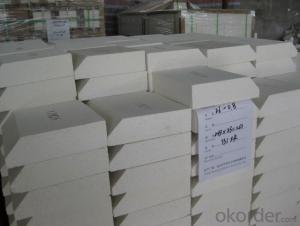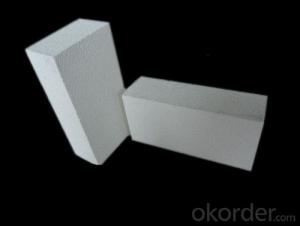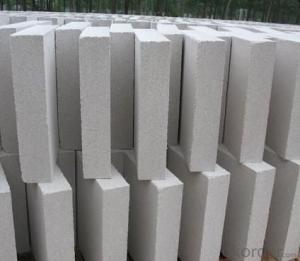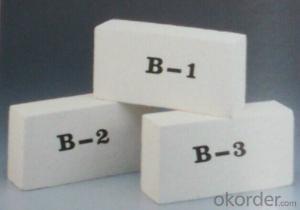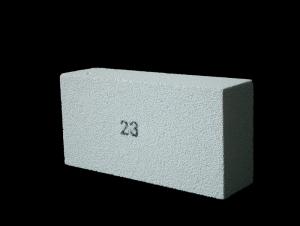Insulating Fire Brick - Refractory JM Mullite Insulation Brick at China
- Loading Port:
- Shanghai
- Payment Terms:
- TT OR LC
- Min Order Qty:
- 10 m.t.
- Supply Capability:
- 500 m.t./month
OKorder Service Pledge
OKorder Financial Service
You Might Also Like
Refractory Mullite Insulating Fire Brick JM 23
OKORDER Series Insulating Bricks
OKORDER series insulating bricks are a kind of highly efficient, energy saving, low-carbon, environmental protection advanced products which are manufactured according to ASTM standard. OKORDER series products are the best lining and insulation materials in all types of industrial furnaces in the field of Metallurgy, Aluminum, Petrochemical, Ceramics, Power and Glass. They can be applied as heat insulation or no-melt erosion parts of the working layer. The products have been widely used in the following furnaces and achieved satisfactory results.
Application of Insulating Bricks
Metallurgy industry: Blast furnace, Hot blast stove, Reheating furnace, etc.
Petrochemical industry: Ethylene cracking furnace, Hydrogen production furnace, Primary reformer furnace, Reheating furnace, etc.
Ceramics Industry: Roller kiln, Pusher kiln, etc.
Glass industry: Glass furnace regenerator, etc.
Carbon Industry: Carbon roaster, etc.
Aluminum electrolytic industry: aluminum reduction cells,etc.
Other industries: Tunnel kiln, Shuttle kiln, etc.
Advantages of Insulating Bricks
Low Thermal Conductivity: More porosity brings excellent insulation effect, energy saving.
High Crushing Strength: High crushing strength under thermal state, volume stability.
Low Heat Storage: Little thermal storage when absorb more heat, energy saving effect is obvious.
High Purity: Low content of iron, alkaline and metal impurities.
Accurate Dimension: Precise brick size by machining, cutting and grinding special shapes, expediting bricklaying.
Picture of Insulating Bricks
FAQ
1. Which products do you have?
We have all kinds of refractory brick, castable, mortar, cement, ceramic fiber products, etc.
Or you could browse our products to choose what you need.
2. How do you control the products quality?
With strict quality control system throughout the materials selection and production process, our refractory and ceramic fiber products quality is effectively controlled to meet customer requirements.
From the raw materials selecting, our quality control begin. The quality certificates of raw materials are required and each batch will be tested before using. During production, the quality control are conducted by workers and then each piece will be sorted and examined by quality supervise.
3. Can you give me a brief introduction of the application of your products?
We are mainly specializing in the refractory materials in iron and steel, cement, glass, ceramics, petrochemical, electric power Industry, etc.
4. If I need your offer, what information do you need?
In order to choose suitable products, it will be appreciated to provide us the information, such us specification, technical data, order quantity, products application etc.
If any question, please contact us freely.
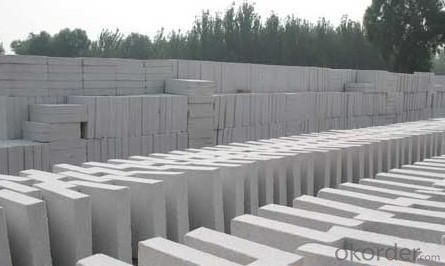
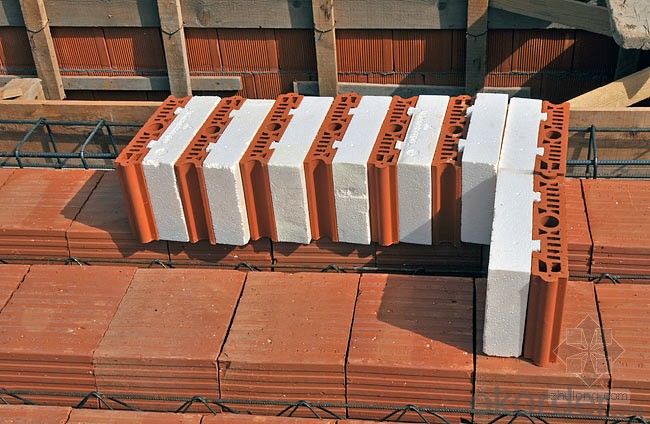

Application:
Insulation brick can be widely used for lining or insulation layers of various industrial furnaces and kilns in metallurgical industry, machine building industry, ceramic industry, chemical industry.
- Q: Do insulating fire bricks require any curing or drying time?
- No, insulating fire bricks do not require any curing or drying time. These bricks are manufactured using high-temperature processes, which results in a product that is already fully cured and dried. This means that they can be used immediately after installation without the need for additional curing or drying time.
- Q: Can insulating fire bricks be used in boilers for residential heating?
- Yes, insulating fire bricks can be used in boilers for residential heating. Insulating fire bricks are designed to withstand high temperatures and provide effective insulation, making them suitable for use in boilers to improve energy efficiency and heat retention.
- Q: Are insulating fire bricks suitable for use in blast furnaces?
- Insulating fire bricks are not suitable for use in blast furnaces. Blast furnaces operate at extremely high temperatures, often exceeding 2000 degrees Celsius, and require refractory materials that can withstand such intense heat. Insulating fire bricks are designed to have low thermal conductivity, which means they are efficient at reducing heat transfer. However, this property also makes them vulnerable to damage and degradation in high-temperature environments. In blast furnaces, where molten iron and other materials are processed, the refractory lining needs to have high thermal shock resistance, good mechanical strength, and resistance to chemical corrosion. Therefore, specialized refractory materials, such as high-alumina or silica refractory bricks, are preferred for blast furnace linings due to their ability to withstand the extreme conditions and maintain structural integrity.
- Q: Can insulating fire bricks be recycled?
- Yes, insulating fire bricks can be recycled. These bricks are typically made from a combination of materials such as clay, alumina, and silica, which can be broken down and reused. Recycling insulating fire bricks involves crushing them into smaller pieces and then using them as aggregate in various construction applications. This process helps to reduce waste and conserve resources, making it an environmentally friendly option for disposing of these bricks. Additionally, some companies offer recycling programs specifically for insulating fire bricks, allowing individuals and businesses to easily recycle them instead of sending them to landfills.
- Q: Are insulating fire bricks resistant to carbon dioxide?
- Insulating fire bricks, also known as refractory bricks, are designed to withstand high temperatures and are generally resistant to various chemicals and gases. However, their resistance to carbon dioxide may vary depending on the specific type and composition of the insulating fire brick. Carbon dioxide (CO2) is a non-flammable gas that is usually present in the atmosphere and is released during the combustion of carbon-based fuels. In most cases, insulating fire bricks have a high resistance to carbon dioxide due to their high melting point and the presence of refractory materials such as alumina and silica. However, prolonged exposure to high concentrations of carbon dioxide, especially at elevated temperatures, can cause some insulating fire bricks to undergo chemical reactions that may lead to degradation or reduced performance. It is important to consider the specific application and environment in which the insulating fire bricks will be used. If the insulating fire bricks are part of a furnace or kiln that generates significant amounts of carbon dioxide, it is advisable to choose bricks specifically designed for such conditions. These bricks may have additional protective coatings or higher chemical resistance to ensure their longevity and performance. In summary, while insulating fire bricks generally have good resistance to carbon dioxide, it is important to consider the specific type of brick and the conditions under which it will be used to ensure optimal performance and longevity.
- Q: Are insulating fire bricks resistant to hydrofluoric acid vapors?
- Hydrofluoric acid vapors can cause damage to insulating fire bricks. These bricks are primarily made to handle high temperatures and offer thermal insulation. However, they are not specifically designed to withstand chemical attacks, such as those caused by hydrofluoric acid. Thus, caution should be exercised when using insulating fire bricks in environments where hydrofluoric acid vapors are present, as they may deteriorate or break down over time. Consulting with the manufacturer or a chemical engineer is recommended to identify the most suitable materials for dealing with hydrofluoric acid vapors.
- Q: Can insulating fire bricks be used in high-temperature ducts?
- High-temperature ducts can indeed utilize insulating fire bricks. These bricks are specifically engineered to endure extreme temperatures, making them an optimal option for situations where heat retention and insulation are pivotal. Through their low thermal conductivity and strong resistance to thermal shock, insulating fire bricks are able to effectively trap heat within the ducts, averting any energy loss and ensuring efficient heat transfer. Moreover, their lightweight composition facilitates easy installation and handling, while their durability enables them to withstand the demanding conditions of high-temperature environments. Ultimately, insulating fire bricks prove themselves as a dependable and efficacious solution for the insulation of high-temperature ducts.
- Q: Can insulating fire bricks be used in the construction of smelting crucibles?
- Certainly, one can utilize insulating fire bricks in the construction of smelting crucibles. These bricks have been specifically designed to endure high temperatures and offer exceptional insulation. They find wide usage in various applications that demand heat retention and protection, such as kilns and furnaces. Smelting crucibles, which are employed for the purpose of melting and refining metals, also necessitate materials capable of withstanding extreme temperatures. Insulating fire bricks prove to be an ideal selection for constructing smelting crucibles due to their ability to sustain a consistent temperature within the crucible and prevent heat loss. Furthermore, their insulating properties contribute to reduced energy consumption and heightened efficiency in the smelting process.
- Q: Can insulating fire bricks be used for insulation in steel mills?
- Yes, insulating fire bricks can be used for insulation in steel mills. Insulating fire bricks are specifically designed to withstand high temperatures and are used in various industrial applications, including steel mills, to provide thermal insulation and reduce heat loss. They help maintain consistent temperatures, improve energy efficiency, and protect equipment and structures from extreme heat.
- Q: What kind of mortar is used to bond insulating fire bricks together?
- The most common type of mortar used to bond insulating fire bricks together is refractory mortar. Refractory mortar is specifically designed to withstand high temperatures and provide excellent adhesion properties for firebrick applications. It is composed of a mixture of high-temperature resistant materials such as silica, alumina, and fire clay. This type of mortar is highly resistant to thermal shock and can withstand extreme temperatures, making it ideal for bonding insulating fire bricks that are used in furnaces, kilns, and other high-temperature applications.
Send your message to us
Insulating Fire Brick - Refractory JM Mullite Insulation Brick at China
- Loading Port:
- Shanghai
- Payment Terms:
- TT OR LC
- Min Order Qty:
- 10 m.t.
- Supply Capability:
- 500 m.t./month
OKorder Service Pledge
OKorder Financial Service
Similar products
Hot products
Hot Searches
Related keywords
